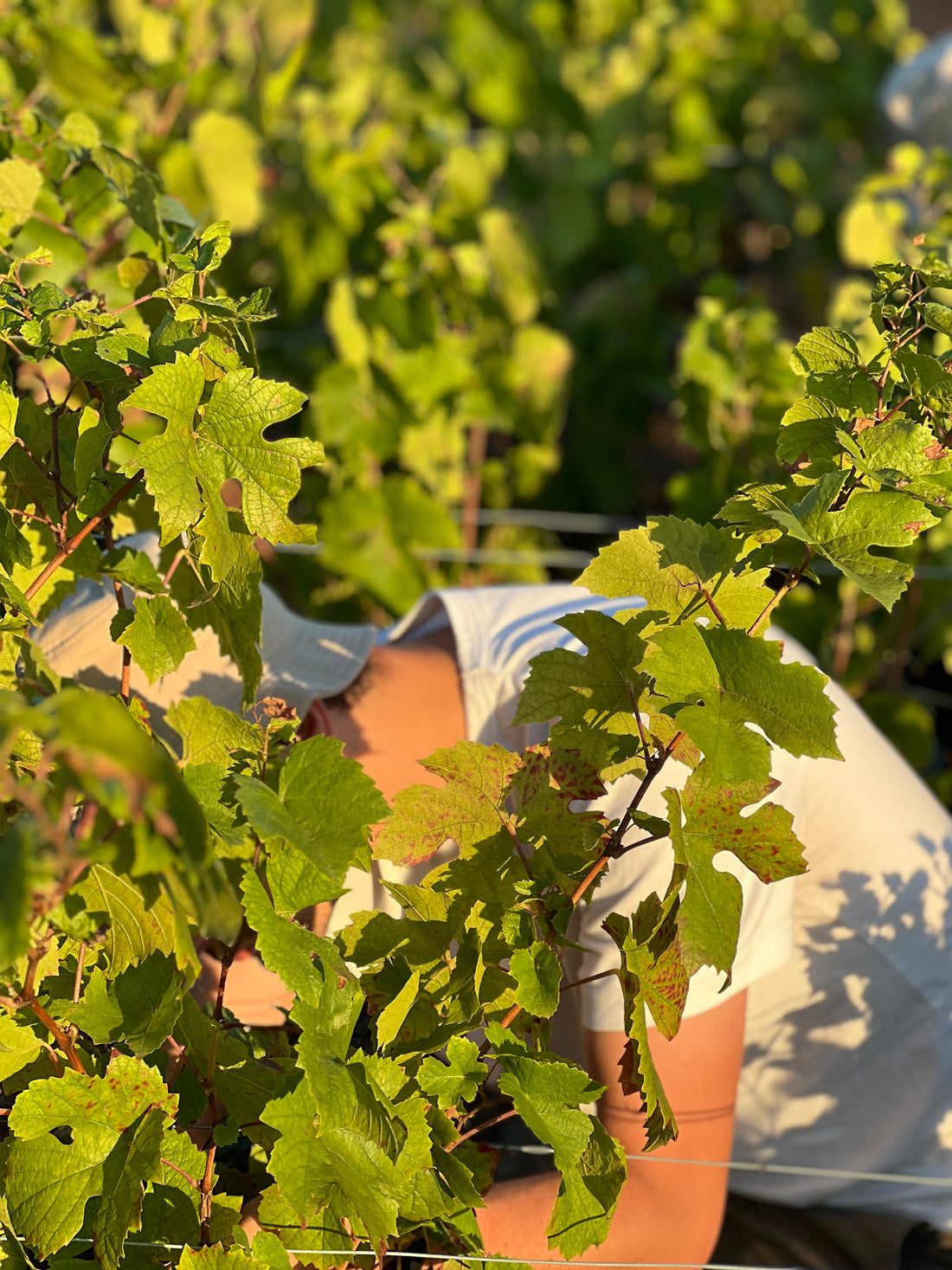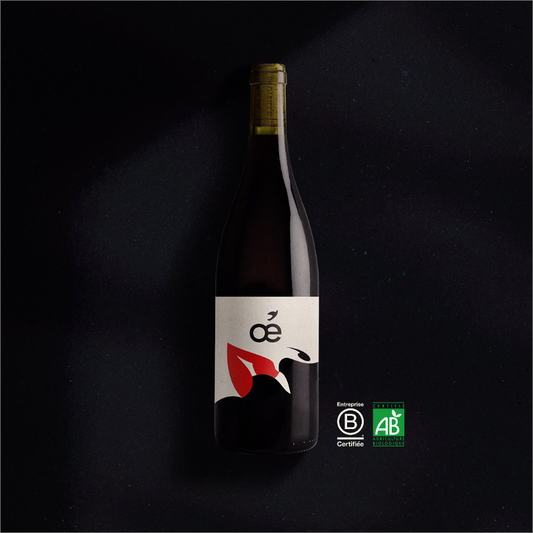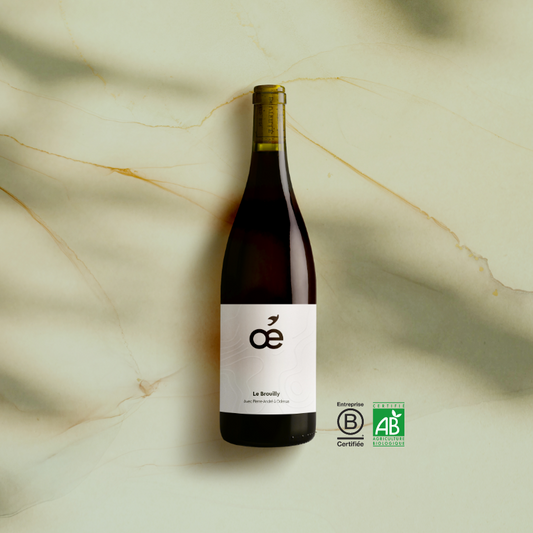The earlier the pruning, the earlier the buds will emerge.
From November to March the vine enters a period of sleep, also called winter rest. The plant saves its energy as much as possible and the sap concentrates in the vital parts in order to face the weather conditions and survive the frost and the cold. The vine is at this time in vegetative rest and the sap has descended. It is therefore possible for the winegrower to prune it because the wood is easier to break. If the weather is nice, you can even start pruning the vines as soon as the leaves fall, while watching out for frosts. The earlier the pruning, the earlier the buds will emerge.
A saying is often repeated at this time of year : "Prune early, prune late, but nothing beats pruning in March" , which means that spring pruning is always recommended to avoid periods of frost. The pruning of the vine is based on the selection of the buds, which are also called “eyes” in viticultural language. Some will not give grapes and others will be very fertile. Indeed, the vine is a liana; it must be pruned to always produce more fruit than wood.
An unpruned vine offers many small and acid grapes, which cannot be exploited for the production of a quality wine. " Pruning " is used to remove useless wood from the previous year and to prepare for the future harvest by directing the growth of the stock. Indeed, the vine is alive and must be correctly observed and analyzed in order to adapt the effort that will be required of it by predicting the number of bunches on the vine for the coming year and thus have an optimal maturation.
There are several styles of different sizes in France and around the world. The most widespread styles are the Guyot pruning, which is used a lot in the Burgundy vineyard, the Gobelet pruning, very widespread in the Languedoc-Roussillon vineyard and finally the Cordon de Royat pruning.
What are their advantages and disadvantages?
Guyot pruning is a fast and efficient pruning system that combines short pruning and long pruning, ideal for grape varieties such as Chardonnay or Pinot Noir for example. However, this pruning tires the vine because the plant requires a lot of energy to make all the buds of the stick hatch. It is then necessary to have trellising on iron wire for this type of pruning in order to attach the stick and allow a homogenization of the buds facing the sunshine.
Gobelet pruning concerns low, untrained vines. It is a short pruning which allows good resistance to wind and drought. The grapes are close to the ground which ensures early maturity. However, this management system does not allow mechanization in the plot and when it is necessary to protect the vines from disease, the treatments have some difficulty in penetrating inside the woods, which are thicker than another pruning.
Pruning in Cordon de Royat is a short pruning, which is the most suitable for mechanization because the grapes are found at the same level (aligned on the wire) with often identical exposure to the sun, the maturity will therefore be uniform for each grape. The main disadvantage of this pruning is that the vineyard requires very good quality trellising (bearing wires, stakes, etc.), the growth of the vine stock is long and delicate, so you have to be careful of frosts.
To your secateurs, and let's go!





